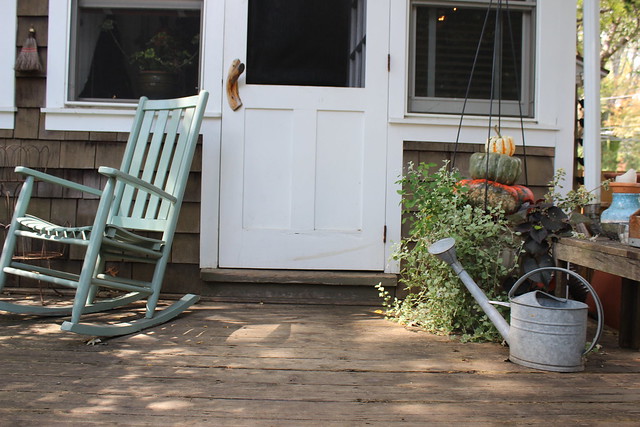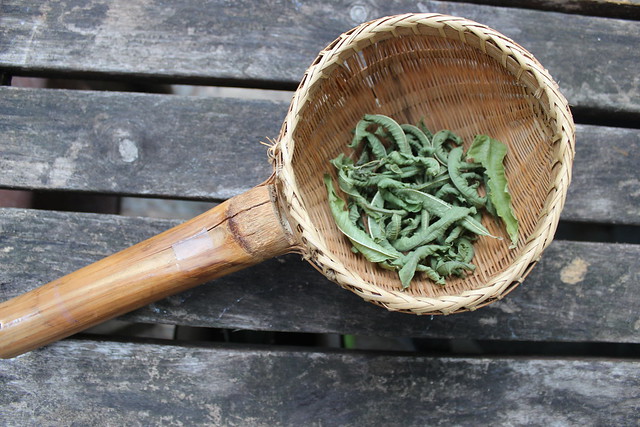As promised, I am here to talk about my love for pedestals and plinths in the garden. Adding just a few of these to your landscape can add character, height, structure, texture and originality.
I find a variety of heights in any scene, both indoor and out, is very pleasing to the eye. Giving a pot or planter, a lantern or concrete statue a little lift up to a place all of it's own can make a dramatic difference in a garden vignette.
Many of the plinths in my garden were foraged or found. It's fun to think outside of the box and make pedestals out of something you already have. Search around your garage or shed and you will be sure to give a new life to something that's been laying around or even broken. Upside down pots, a log or stump, a broken birdbath all make lovely little perches to showcase your favorite things.
Create a cluster of plinths in all different shapes and sizes or showcase something big and bold to make a statement in the garden.
Below you will find some of my favorites.
A frog friend perches on top of a broken terra-cotta pot back by our grill.
A pot of succulents sits upon a foraged tree stump on the patio.
A bird feeder turned candle holder placed atop an upside down faux bois planter.
A sailboat sun dial afloat in a birdbath.
A frog birdbath nestled inside a concrete plinth next to our rabbit hutch.
A toadstool atop a freshly cut stump greets everyone onto the patio.
A hand me down urn on top of a concrete plinth against our chimney gives this shady area some height and bright color.
A trash picked broken birdbath stand turned upside down creates a platform for a fairy house made by Chris.
 | |||||
A cluster of larger pots softens a corner of the patio The larger pot behind sits upon a three legged tree stump while the smaller pot in front sits upon an upside down planter.




















































